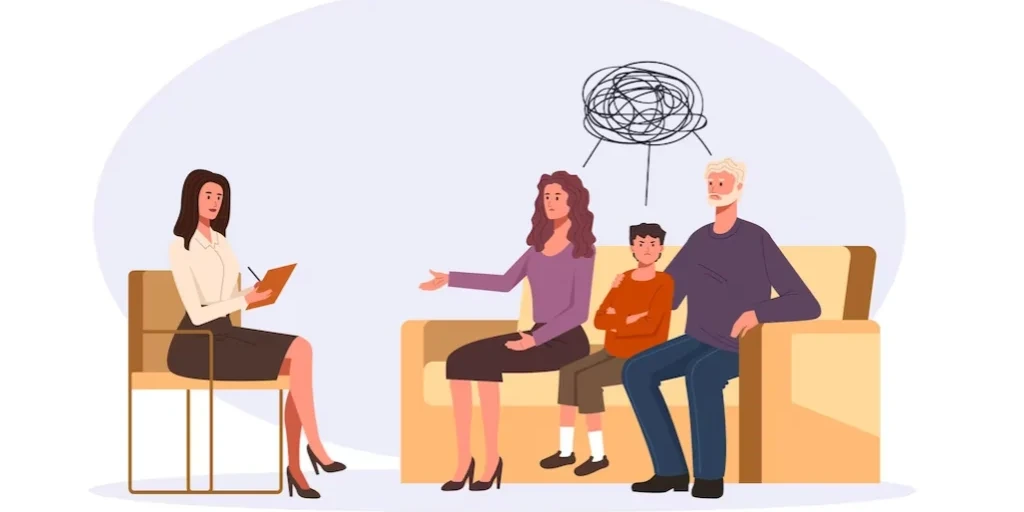24/7 Helpline:
(866) 899-221924/7 Helpline:
(866) 899-2219
Learn more about Outpatient Rehab centers in Greenbelt
Outpatient Rehab in Other Cities

Other Insurance Options

Access to Recovery (ATR) Voucher

Ambetter

Molina Healthcare

Self-pay options

Sutter

Multiplan

Private insurance

Optum

BlueCross

Excellus
Beacon

Premera

WellPoint

BHS | Behavioral Health Systems

UnitedHealth Group

AllWell

GEHA

PHCS Network

Optima

CareSource
















